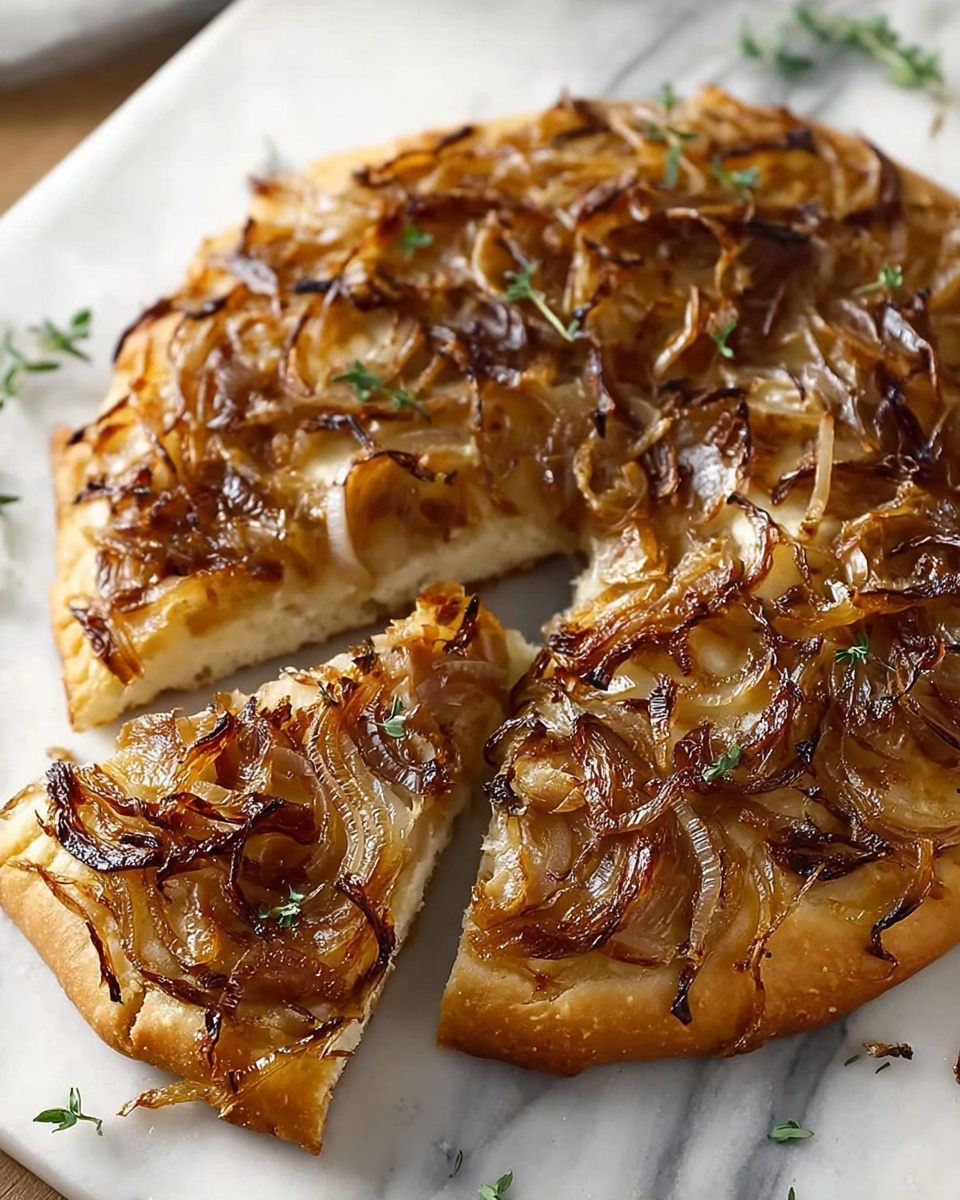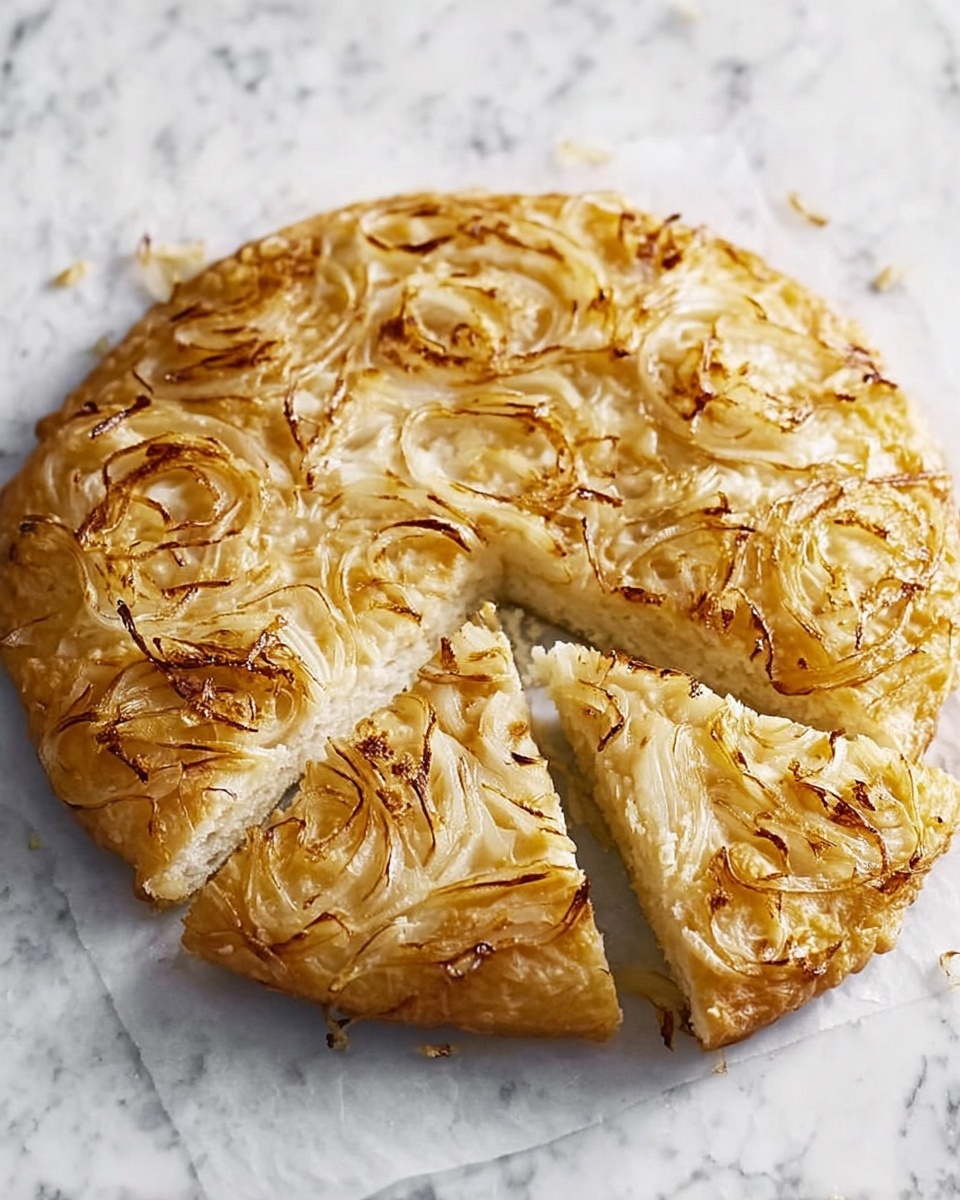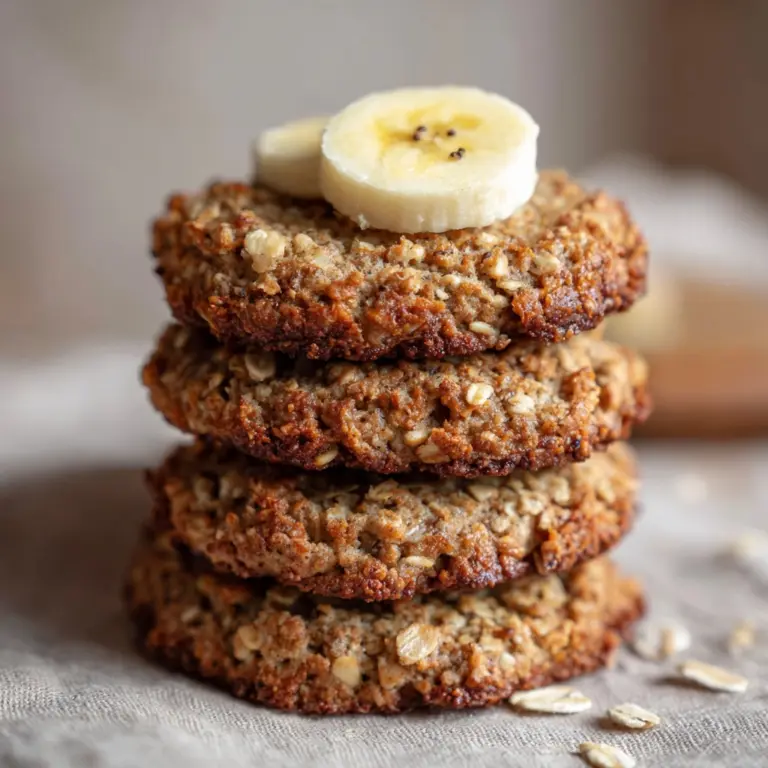If you have been searching for a warm, comforting homemade treat that balances rich flavors with a tender crumb, this Savory Onion Bread Recipe is an absolute game changer. Infused with the natural sweetness of finely chopped onions and the aromatic punch of herbs and garlic, this bread is as delightful to bake as it is to savor. Whether you’re a seasoned baker or just starting out, this recipe will guide you through creating a loaf that’s perfect for everything from hearty sandwiches to simple buttered slices alongside your favorite soup. Trust me, once you try this Savory Onion Bread Recipe, it will quickly become a staple in your kitchen.

Ingredients You’ll Need
These ingredients are simple pantry basics, yet each plays a crucial role in delivering the perfect texture, flavor, and golden color to your bread. From the all-purpose flour providing the structure, to the onions bringing that signature savory depth, every component is essential.
- 2 ½ cups all-purpose flour: The backbone of the bread, it gives the dough structure and chewiness.
- 1 tablespoon sugar: Feeds the yeast to activate the rise and adds a subtle sweetness.
- 1 teaspoon salt: Enhances all flavors and balances the sweetness from onions and sugar.
- 1 packet (2 ¼ tsp) active dry yeast: The magic behind your bread’s great rise and airy texture.
- ¾ cup warm water (110°F): Activates yeast and hydrates the flour for perfect dough consistency.
- 1 tablespoon olive oil or melted butter: Adds richness and moistness to the bread.
- ½ to 1 cup finely chopped onion (yellow or sweet): Offers savory sweetness and moisture that define this recipe.
- Optional ½ teaspoon garlic powder: Boosts the aromatic savoriness without overpowering the onions.
- Optional 1 teaspoon dried herbs (thyme or rosemary): Adds an earthy complexity that pairs beautifully with the onion.
How to Make Savory Onion Bread Recipe
Step 1: Activate the Yeast
Begin by mixing warm water, sugar, and active dry yeast in a large bowl. Let this mixture sit for 5 to 10 minutes until it becomes foamy. This indicates that the yeast is alive and kicking, ready to give your bread the perfect rise and soft texture.
Step 2: Prepare the Dough
Next, add the flour, salt, olive oil, and your finely chopped onions to the yeast mixture. Whether you use raw onions for a stronger bite or caramelized ones for mellow sweetness, it’s your choice. Mix until the dough forms, then knead by hand for 8 to 10 minutes or with a mixer for 5 to 6 minutes until smooth and elastic. This kneading develops gluten which will give your bread structure and chew.
Step 3: Let It Rise
Place your dough in a lightly greased bowl, cover it with a clean towel, and let it sit in a warm spot for about 1 to 1.5 hours. The dough should double in size as the yeast works its magic, creating air pockets that make your bread light and soft.
Step 4: Shape and Second Rise
After that satisfying rise, gently punch down the dough to release excess air. Shape it into a loaf or individual rolls, then place it in a greased loaf pan or on a baking sheet. Allow it to rest and rise again for 30 to 45 minutes. This second rise helps build volume and improves the bread’s crumb texture.
Step 5: Bake
Preheat your oven to 375°F (190°C). Bake the bread for 25 to 30 minutes until it turns golden brown and sounds hollow when tapped. This classic knuckle tap test lets you know your bread is perfectly baked inside and out.
Step 6: Cool and Serve
Let your Savory Onion Bread cool on a wire rack for at least 10 minutes before slicing. This brief wait finishes the cooking process and ensures clean slices. Enjoy it warm slathered with butter or use it for hearty sandwiches that will impress friends and family.
How to Serve Savory Onion Bread Recipe

Garnishes
Adding garnishes like a sprinkle of sea salt, freshly cracked black pepper, or finely chopped herbs can elevate the taste and presentation. A light brush of melted butter or olive oil on top right after baking adds shine and extra flavor too.
Side Dishes
This bread pairs beautifully with a variety of meals. Imagine dipping it into creamy soups, serving alongside fresh salads, or complementing rich roasted meats. Its hearty texture and onion flavor make it versatile enough for many occasions.
Creative Ways to Present
Why not slice the bread thickly and toast it for an irresistible snack? You can also make rustic sandwiches filled with cheeses, roasted veggies, or deli meats. For a party, serve as part of a bread basket with flavored butter spreads or tapenades.
Make Ahead and Storage
Storing Leftovers
Wrap leftover Savory Onion Bread tightly in plastic wrap or place in a resealable bag to keep it fresh for up to 3 days at room temperature. This keeps the crumb moist and the crust soft.
Freezing
If you want to keep your bread longer, slice it and freeze in an airtight container or freezer bag. Thaw at room temperature when you’re ready to enjoy, and it will taste almost as fresh as the day you baked it.
Reheating
To refresh your bread, pop slices into a toaster or warm in a preheated oven for a few minutes. This revives the crust and softens the crumb, making every bite delightful once again.
FAQs
Can I use caramelized onions instead of raw?
Absolutely! Caramelized onions bring a sweeter, richer flavor that gives the bread a deeper complexity. Just make sure they are cooled before mixing into the dough to avoid affecting yeast activity.
What happens if I skip the second rise?
The bread won’t develop as much flavor or rise as fully, which means a denser texture and less airy crumb. The second rise is key for light, fluffy bread.
Can I substitute whole wheat flour?
You can replace some of the all-purpose flour with whole wheat, but not all. Whole wheat flour is heavier and can make the bread denser. Try swapping up to half and adjust water as needed.
How do I know when the bread is done baking?
Besides the golden-brown color, lightly tap the bottom of the loaf — it should sound hollow. An internal temperature of about 190°F (88°C) also indicates it’s fully baked.
Can I add other ingredients like cheese or nuts?
Definitely! Savory additions like shredded cheese, chopped nuts, or seeds enhance texture and flavor. Just fold them in during dough preparation to distribute evenly.
Final Thoughts
Making this Savory Onion Bread Recipe might just become your new favorite kitchen adventure. It’s rewarding, delicious, and so versatile that it fits into countless mealtime moments. Once you taste that first warm slice, you’ll understand why it’s such a cherished recipe. So, roll up your sleeves, grab your ingredients, and treat yourself to the comforting joy of homemade savory onion bread.
Print
Savory Onion Bread Recipe
- Prep Time: 20 minutes
- Cook Time: 30 minutes
- Total Time: 2 hours 20 minutes
- Yield: 1 loaf (about 12 slices)
- Category: Bread
- Method: Baking
- Cuisine: American
- Diet: Vegetarian
Description
This Savory Onion Bread recipe is a flavorful and comforting homemade bread featuring finely chopped onions and optional herbs. Perfect as a warm side or sandwich base, it combines the sweetness of onions with a tender, crusty texture achieved through careful kneading and rising, then baking to golden perfection.
Ingredients
Dry Ingredients
- 2 ½ cups all-purpose flour
- 1 tablespoon sugar
- 1 teaspoon salt
- 1 packet (2 ¼ teaspoons) active dry yeast
- Optional: ½ teaspoon garlic powder
- Optional: 1 teaspoon dried herbs (thyme or rosemary)
Wet Ingredients
- ¾ cup warm water (110°F)
- 1 tablespoon olive oil or melted butter
Vegetables
- ½ to 1 cup finely chopped onion (yellow or sweet)
Instructions
- Activate the Yeast: In a large bowl, combine warm water, sugar, and yeast. Stir gently and let it sit for 5 to 10 minutes until the mixture becomes foamy, indicating the yeast is active.
- Prepare the Dough: Add the all-purpose flour, salt, olive oil (or melted butter), and finely chopped onions to the yeast mixture. Include optional garlic powder and dried herbs if desired. Mix the ingredients until they begin to come together into a dough.
- Knead the Dough: Knead the dough by hand for 8 to 10 minutes or use a mixer with a dough hook for 5 to 6 minutes until the dough is smooth and elastic.
- First Rise: Transfer the dough to a lightly greased bowl, cover it with a towel, and let it rise in a warm place for 1 to 1.5 hours, until it doubles in size.
- Shape and Second Rise: Punch down the dough to release air, then shape it into a loaf or rolls. Place the shaped dough into a greased loaf pan or on a baking sheet. Let it rise again for 30 to 45 minutes until slightly puffed.
- Bake the Bread: Preheat the oven to 375°F (190°C). Bake the bread for 25 to 30 minutes until it turns golden brown and sounds hollow when tapped, indicating it is fully baked.
- Cool and Serve: Remove the bread from the oven and cool it on a wire rack for at least 10 minutes before slicing. Serve warm with butter or use as a sandwich base.
Notes
- Using caramelized onions instead of raw onions adds a sweeter and richer flavor.
- Ensure water temperature is correctly warm (about 110°F) to properly activate yeast without killing it.
- For a crustier bread, bake on a preheated baking stone or place a pan of water in the oven to create steam.
- Kneading is crucial to develop gluten, which results in a better texture.
- This bread freezes well; slice after cooling and store in an airtight bag for up to 3 months.








